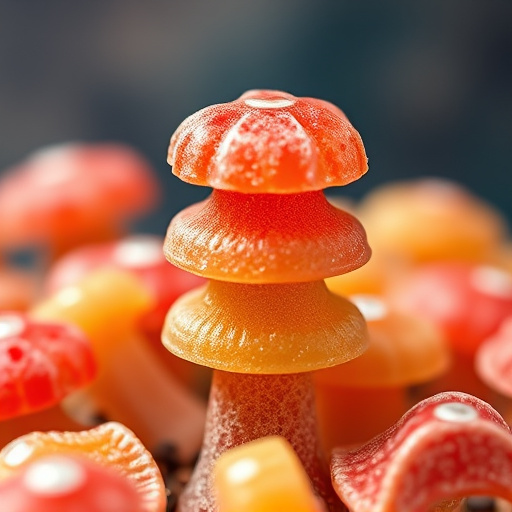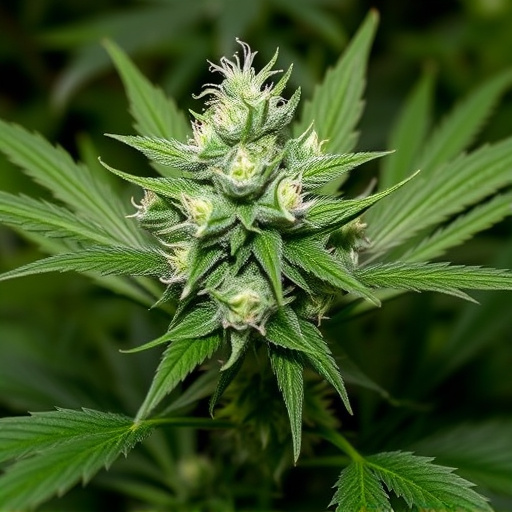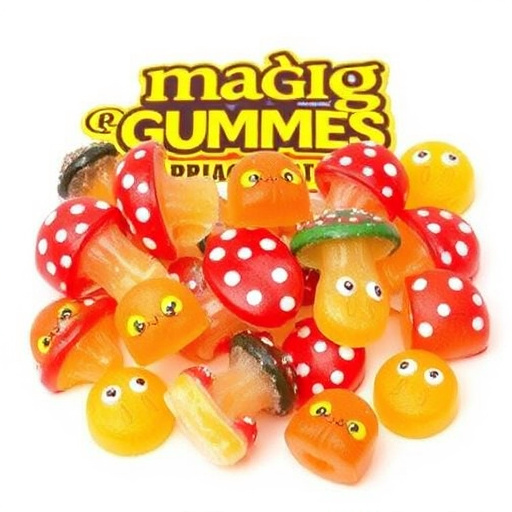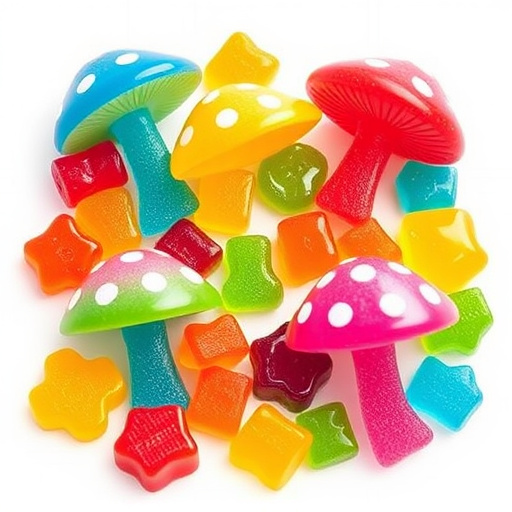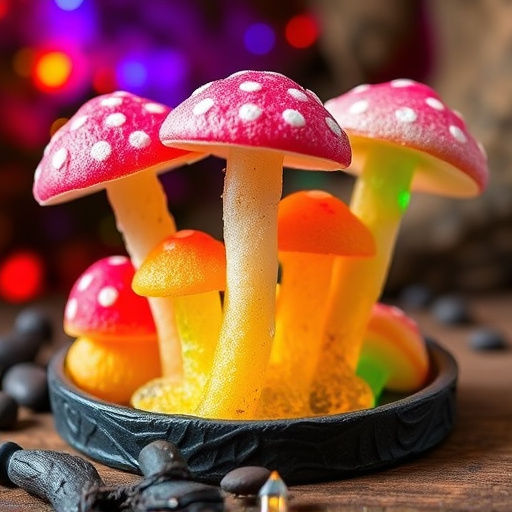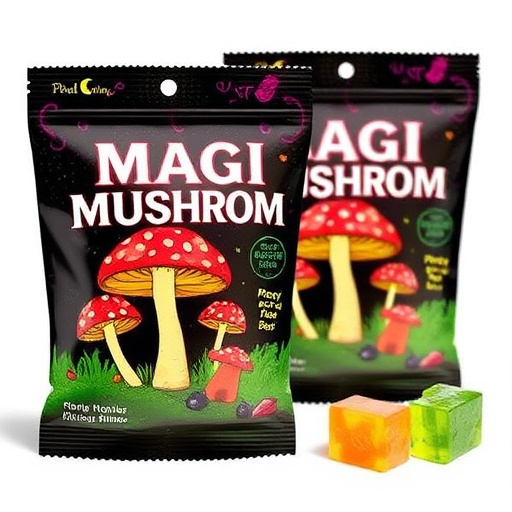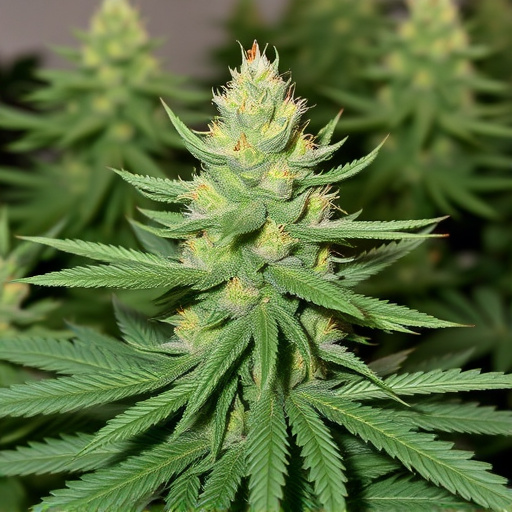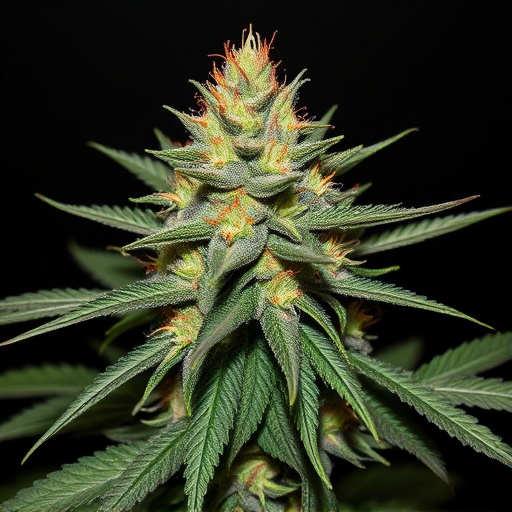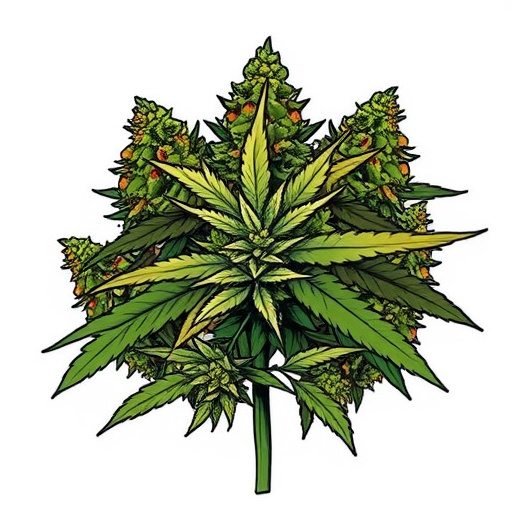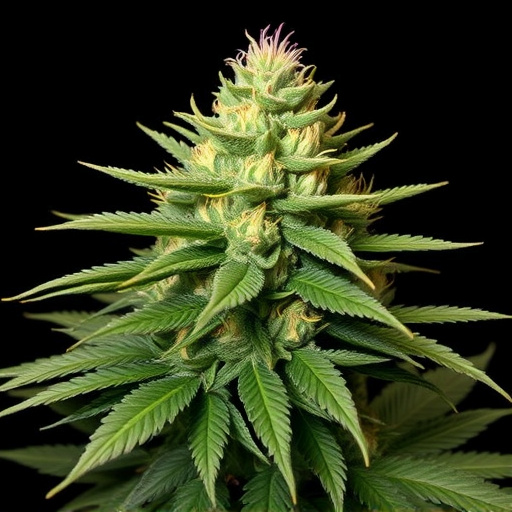Drug testing for cannabis has advanced significantly, with techniques like GC-MS accurately identifying THC and cannabinoids in urine samples. Big bud strains, known for their high THC content, pose challenges due to their prolonged active period, impacting tests even weeks after consumption. While strategies like hydration, exercise, and supplements may aid in flushing out toxins, they cannot guarantee clean results from significant THC intake. Understanding these testing procedures and the impact of big bud strains is crucial for individuals facing drug tests in legal or occupational settings.
“Curious about how weed shows up in drug tests? In today’s world, understanding drug testing methods is essential, especially with the prevalence of cannabis use. This article explores the science behind these tests and delves into the impact of popular strains like Big Bud. You’ll discover why certain varieties can lead to longer-lasting detection times.
Additionally, we offer practical strategies to beat a drug test after using weed, providing insights for those seeking discreetness. Get ready to navigate this modern conundrum with knowledge.”
- Understanding Drug Testing Methods
- The Role of Big Bud Strains in Drug Tests
- Strategies to Beat a Drug Test After Using Weed
Understanding Drug Testing Methods
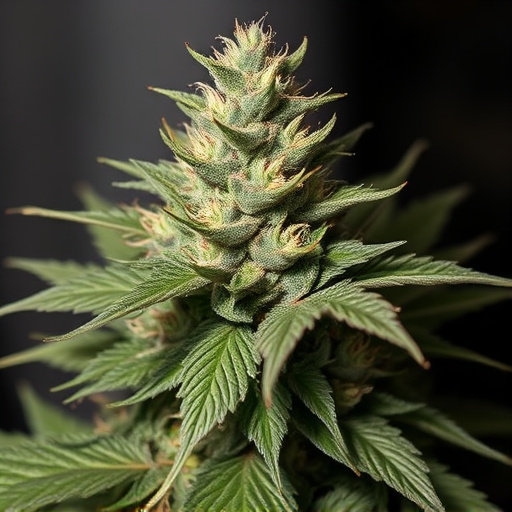
Drug testing methods have evolved significantly over the years, with more advanced and sensitive techniques being developed to detect even trace amounts of substances. When it comes to identifying cannabis use, laboratories employ various methods to uncover the presence of THC (tetrahydrocannabinol), the primary psychoactive compound in marijuana. One common approach is through urine analysis, where specialized immunoassay tests can detect metabolites specific to cannabis consumption. These tests look for the presence of THC and its by-products, which can remain in the body for varying periods after smoking or consuming big bud strains.
Additionally, more sophisticated methods like gas chromatography-mass spectrometry (GC-MS) are used to provide a more comprehensive analysis. This technique allows for the identification of specific cannabinoids, including THC and its isotopes, offering a higher level of accuracy. Given the growing legality of cannabis in many regions, understanding these testing methodologies is crucial for individuals seeking to manage their drug test results, especially when it comes to big bud strains known for their potent effects and potential lingering impacts on tests.
The Role of Big Bud Strains in Drug Tests
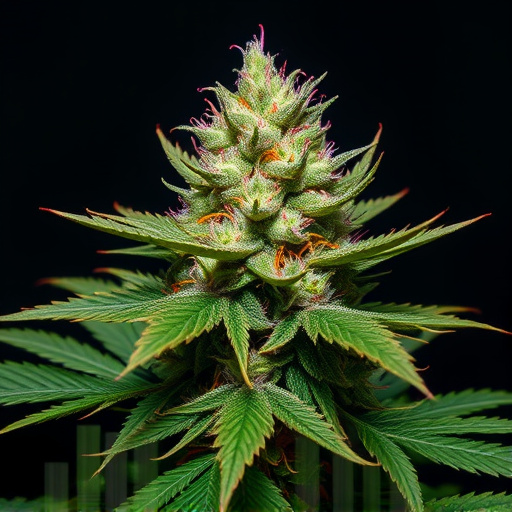
Big bud strains, known for their potent and concentrated properties, often contain higher levels of THC (tetrahydrocannabinol), the primary compound responsible for most drug tests’ positive results. These strains, due to their intense effects, are more likely to show up in standard drug screening methods designed primarily to detect THC. The concentration of THC in big bud strains can significantly exceed legal limits, making them a concern in occupational and legal settings where drug use is strictly prohibited.
The impact of these strains on drug tests stems from the fact that THC remains active in the body for extended periods, even after the immediate effects wear off. This longevity increases the chances of testing positive, especially if an individual consumes big bud strains close to a scheduled test. Understanding the role of big bud strains in drug tests is crucial for both users and administrators, as it highlights the need for accurate detection methods and informed decision-making regarding cannabis consumption and its potential consequences.
Strategies to Beat a Drug Test After Using Weed
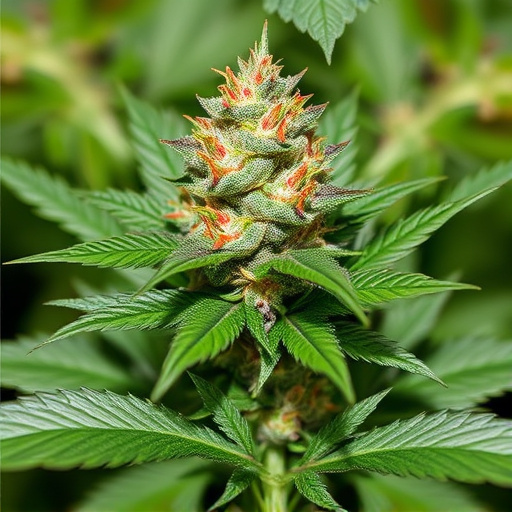
After enjoying a puff or two of some potent big bud strains, it’s important to know that THC can remain in your system for an extended period. This means that if you’re subjected to a drug test soon after, you might face challenges in passing. However, there are strategies to help beat the test and ensure a clean result. One common method is increasing your water intake; staying well-hydrated helps flush out toxins faster. Additionally, engaging in regular physical activity can aid in accelerating metabolism, potentially reducing THC levels.
Another approach involves incorporating certain foods into your diet. Items rich in omega-3 fatty acids, like salmon or flaxseeds, have anti-inflammatory properties and may help reduce the body’s overall response to THC. Furthermore, some supplements like B vitamins and milk thistle are believed to support liver function, which plays a crucial role in metabolizing and eliminating drugs from your system. Remember, while these strategies might improve your chances of passing a drug test, they cannot guarantee a clean result if you’ve consumed significant amounts of THC.
Weed, or cannabis, can remain detectable in drug tests for varying periods, depending on usage frequency and method. Big bud strains, known for their potent THC levels, can significantly prolong this window due to their higher concentration of metabolites. However, understanding the science behind drug testing methods empowers individuals to make informed decisions. If you’ve used weed, knowing strategies to beat a drug test after consumption of big bud strains is essential. These methods range from hydration and detox supplements to specialized cleansing products, offering potential ways to improve your results.
